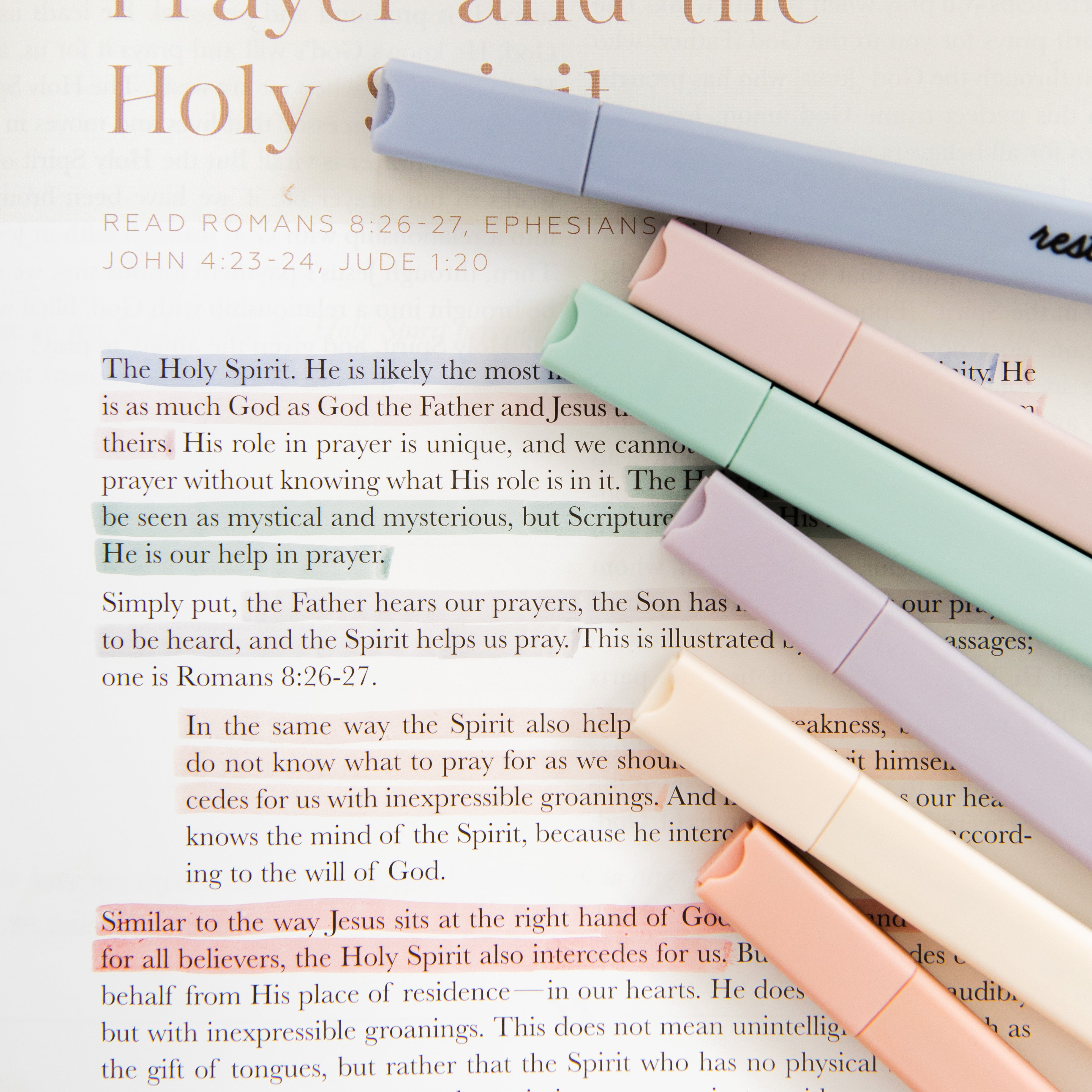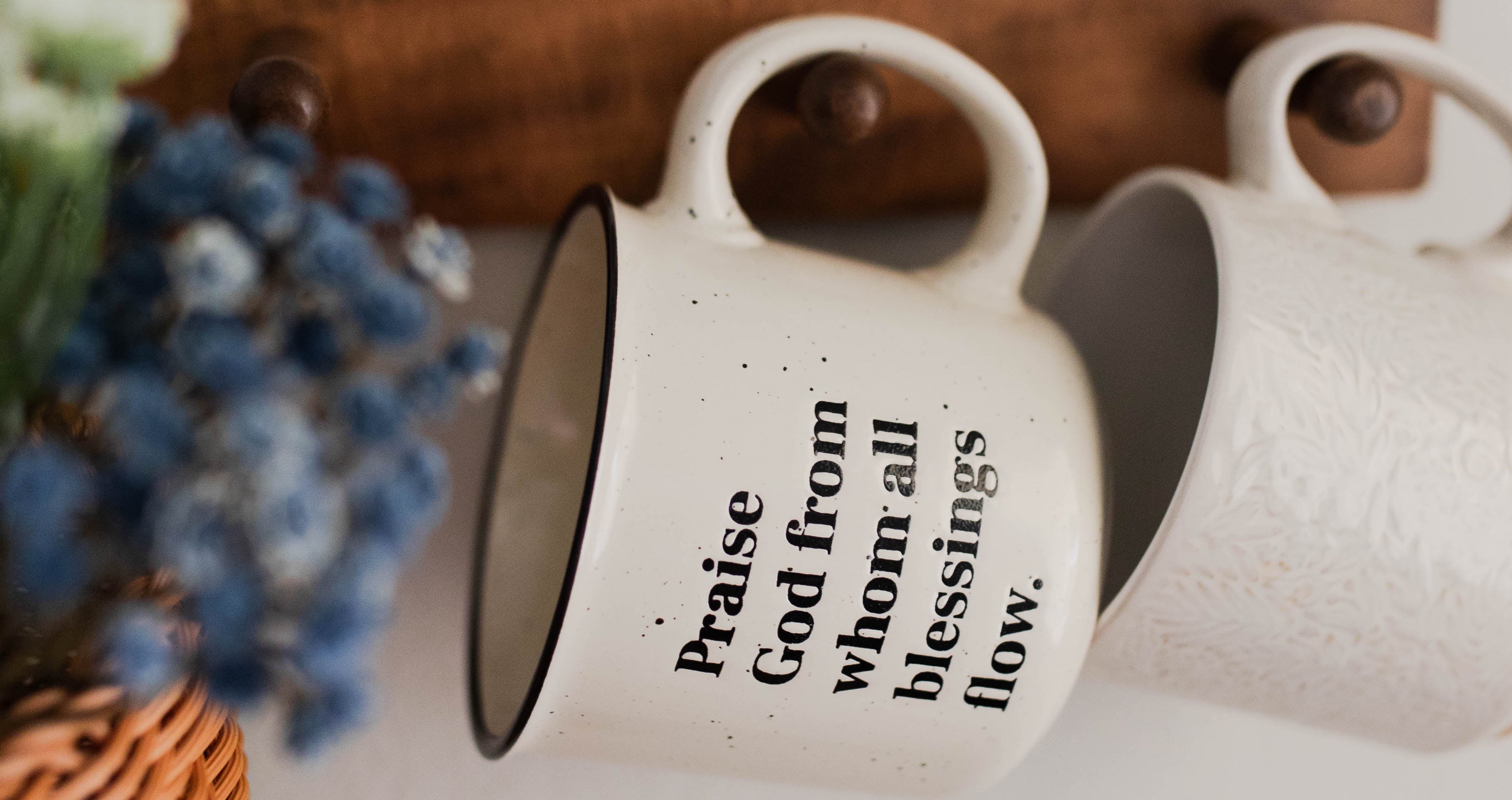The whip is the tongue of a snake; it recoils and readies itself to strike a slave again and again. With each bite, lashes separate skin. A mountain of wounds form, and the slave cries out in agony. From the broken flesh, blood flows, collecting sweat as it moves down an exposed back. The slave cannot escape. He is tied to a pole and fatigued by endless labor. Red dirt surrounds his feet, and weak with pain, the slave sinks into the ground until he loses consciousness. – January 1, 1863, in Galveston, Texas
A family of ex-slaves gathers for a Juneteenth celebration. They sit around a small table full of delicious yet simple foods. The mother wears a cherry-colored bandana; the father tucks a crimson cloth into his shirt pocket; and the children wrap scarlet yarn around their wrists for bracelets. The various shades of red symbolize the blood that was shed in slavery. The family recalls the slaves who were unjustly punished and whose lives were taken. They both mourn and rejoice. This family shows that those who died did not do so in vain. Finally, freedom is here, and a chance at dignity is on the horizon. – June 19, 1866, in Galveston, Texas
Juneteenth is a holiday that commemorates the end of chattel slavery in the United States. In the midst of the American Civil War, President Abraham Lincoln issued the Emancipation Proclamation, which said that starting January 1, 1863, the slaves in the Confederacy (the coalition of southern states that seceded from the Union) were free. However, this news did not reach Texas. Because of the lack of Union troops in that state, slavery persisted. But, after the war concluded, the federal army arrived in Galveston, Texas on June 19, 1865. The Union general executed the Emancipation Proclamation decree, declaring that all slaves in Texas were no longer in captivity and signaling the official end of chattel slavery in the United States.
A year later, on June 19, 1866, ex-slaves began to celebrate the day of freedom and called it Juneteenth. And, with the celebration, participants incorporated the color red to remember the lost.
Why is there a holiday that brings attention to such a dark and horrible time? We often forget the stories behind our scars. And, as a result, we forget how God worked to bring us out of trouble and into His peace. We miss the opportunity to reflect on the Lord's glory, sovereignty, and love that is radiated through difficult circumstances. Juneteenth expresses the truth that remembering the worst of one's past can lead to praise and gratitude in the present.
Believers also express this truth when we remember the sacrifice of our Savior, Jesus Christ. Through church services and Good Friday, we have weekly and annual rhythms to contemplate the cross. Furthermore, we strive daily to live in light of Christ's death. The mocking, beating, and crucifixion Jesus endured remind us of the severity of sin and the great lengths God went to save us. In His agony, Jesus received the punishment we deserved for our rebellion and satisfied divine justice.
When we remember Christ's death, there is both sorrow and joy. We mourn over our corruption, which drove Him to the cross, but because Jesus died, we now have life. We no longer face judgment, and we are no longer captives to spiritual evil. Jesus went to the grave so that He could rise from it. Christ allowed His blood to be shed so that, in His resurrection, we could have freedom from sin and eternal life in God's presence. We can rejoice, for Jesus did not die in vain.


For believers, the color red has a meaning similar to and greater than what is celebrated on Juneteenth. Though an important holiday, Juneteenth does not signify the end of brokenness in our world. Even after June 19, 1865, hatred, injustice, and violence persisted. Many are still slaves to sin. And the kingdom of darkness still tries to thwart the establishment of God's kingdom. But red reminds us of our victory in Jesus Christ:
"Come, let's settle this," says the Lord. "Though your sins are scarlet, they will be as white as snow; though they are crimson red, they will be like wool. – Isaiah 1:18
If we walk in the light as he himself is in the light, we have fellowship with one another, and the blood of Jesus his Son cleanses us from all sin. – 1 John 1:7
From Scripture, we learn that our sins were bright red, but the blood of Christ purified us. Though soldiers mocked Him with a scarlet robe (Matthew 27:28), Jesus was the only One who deserved to wear the cloak of royalty. He truly reigns now as King of kings and Lord of lords (Revelation 19:16). Adorned with many crowns and a red robe that continues to cover our sin, Jesus will soon return to end all evil and completely bring His people to freedom.

Hassler, Warren W. "American Civil War." Britannica.com. Britannica. April 5, 2022. https://www.britannica.com/event/American-Civil-War.
History. "Emancipation Proclamation." History.com. Updated January 26, 2022. https://www.history.com/topics/american-civil-war/emancipation-proclamation.
Nix, Elizabeth. "What is Juneteenth." History.com. History. June 17, 2021. https://www.history.com/news/what-is-juneteenth?li_source=LI&li_medium=m2m-rcw-history.










